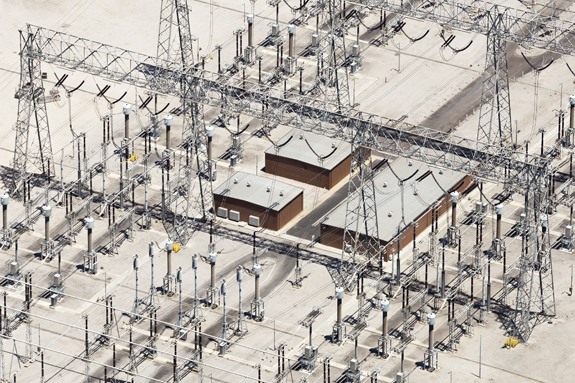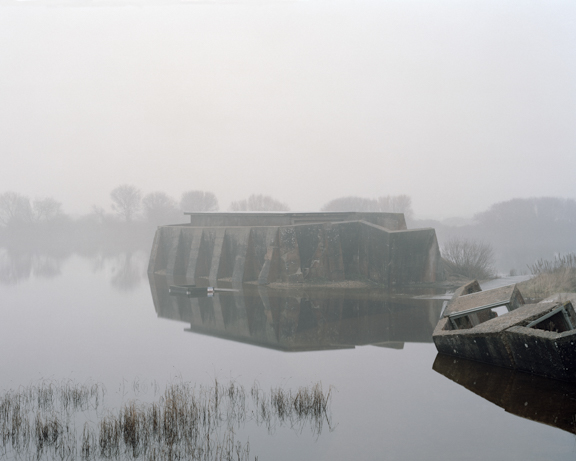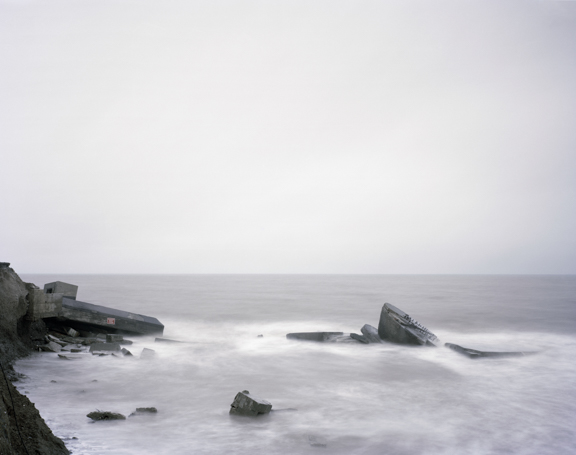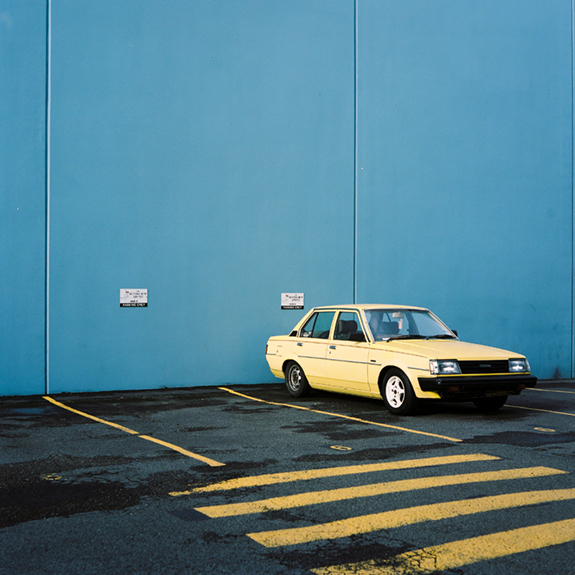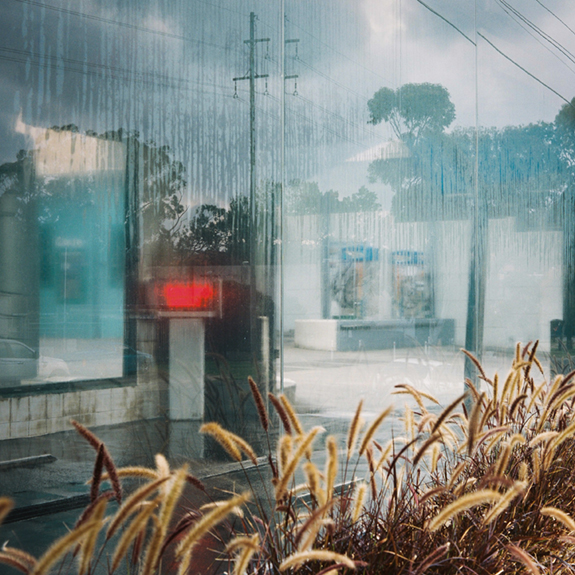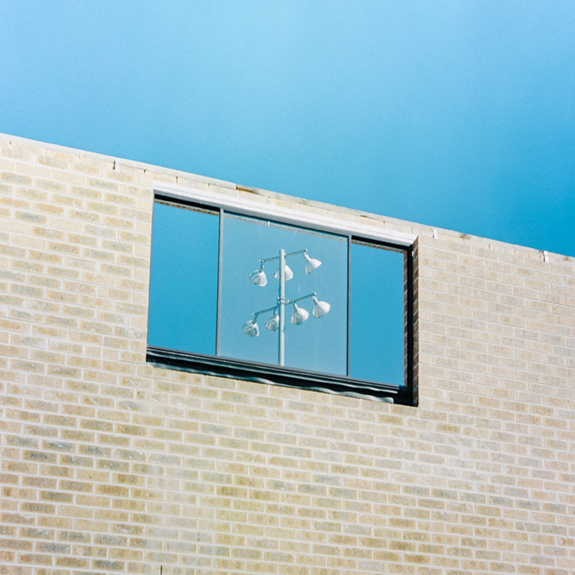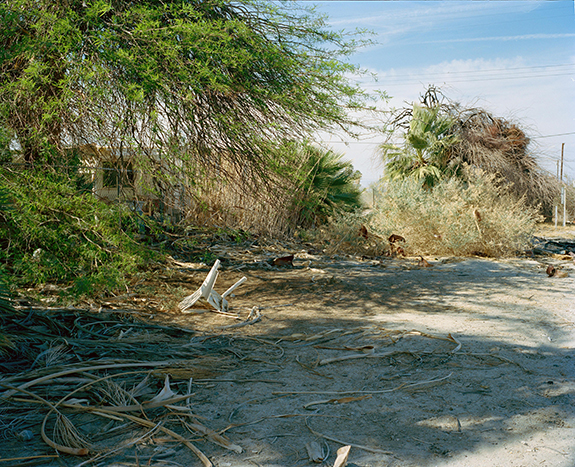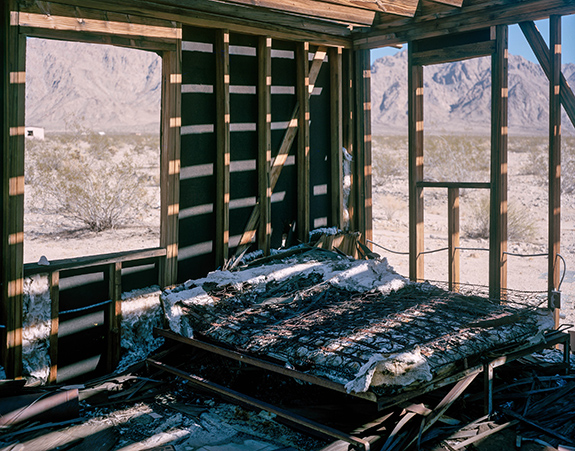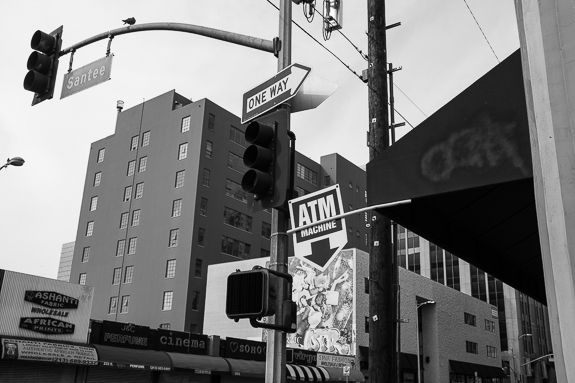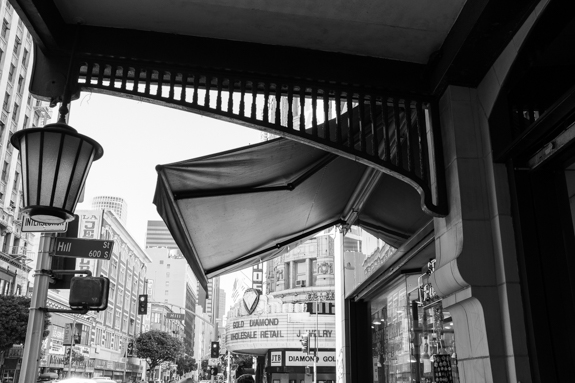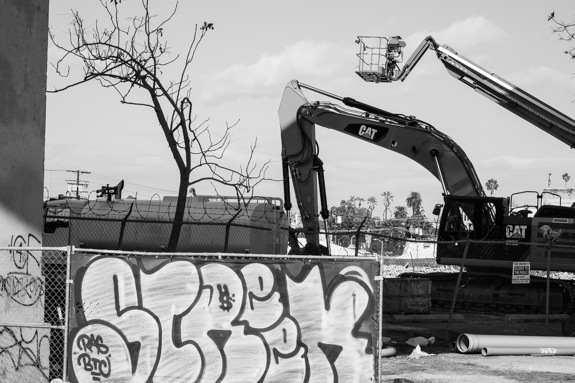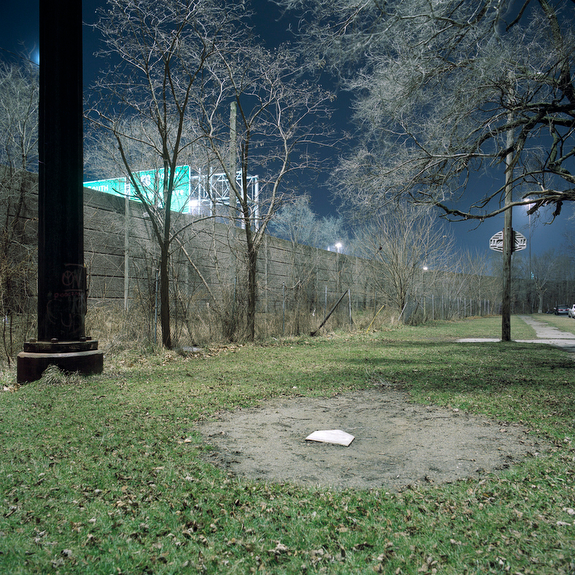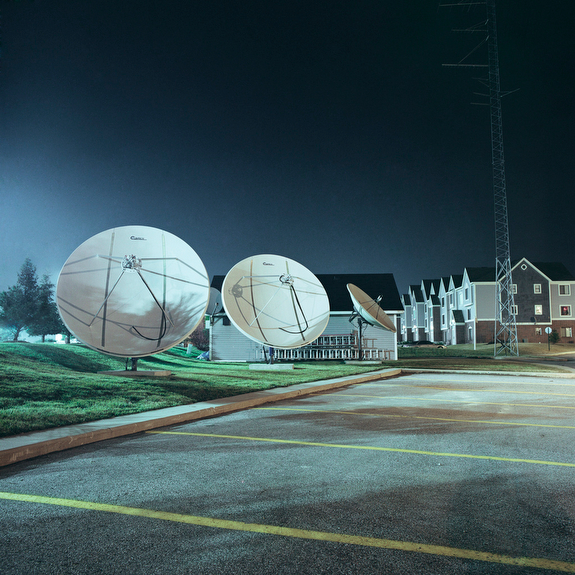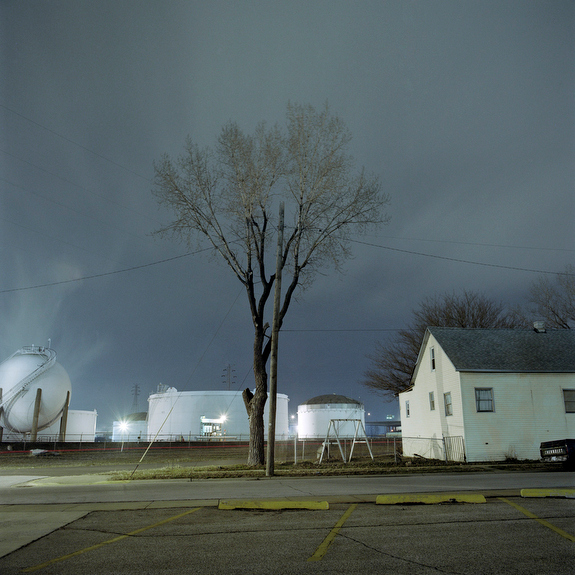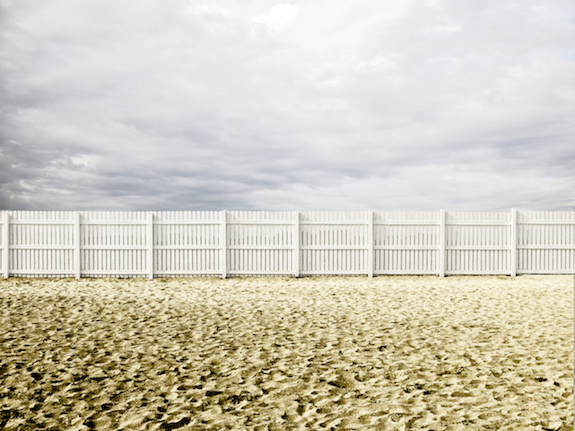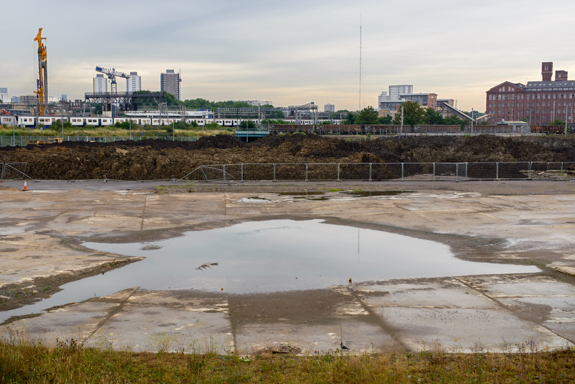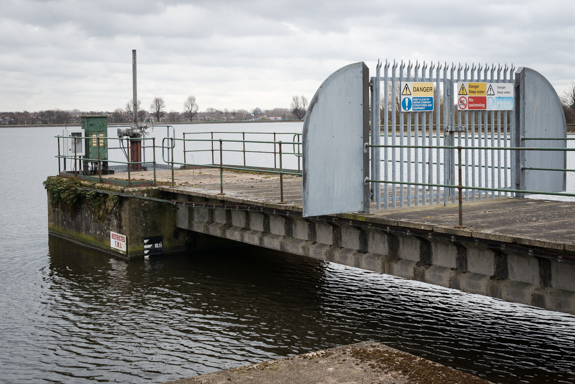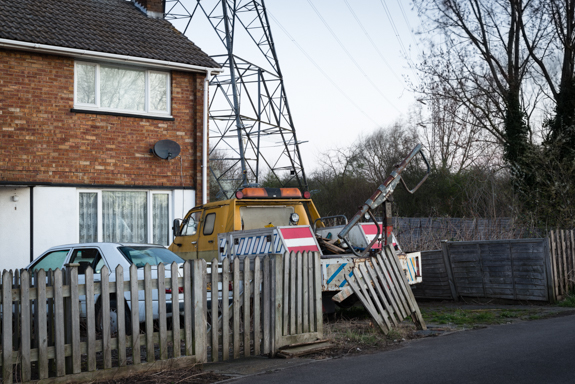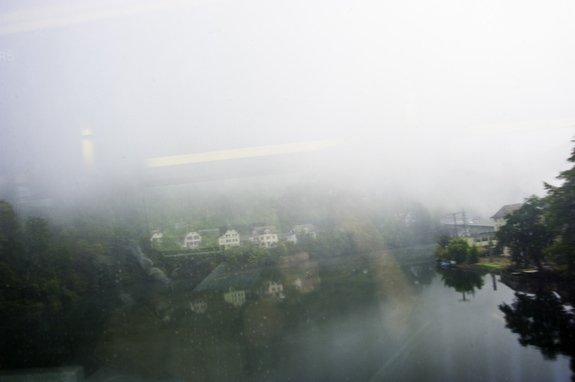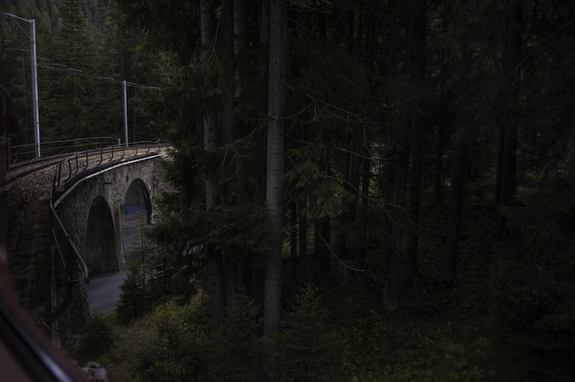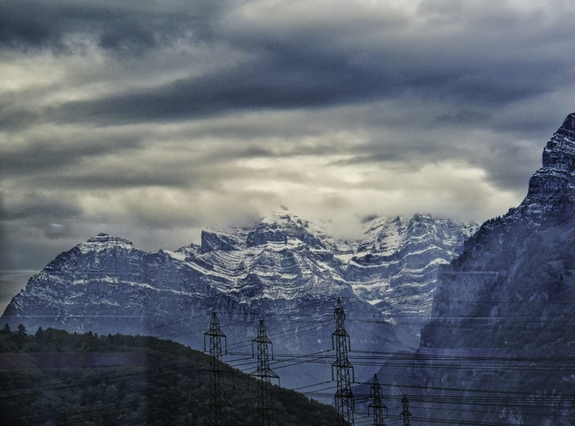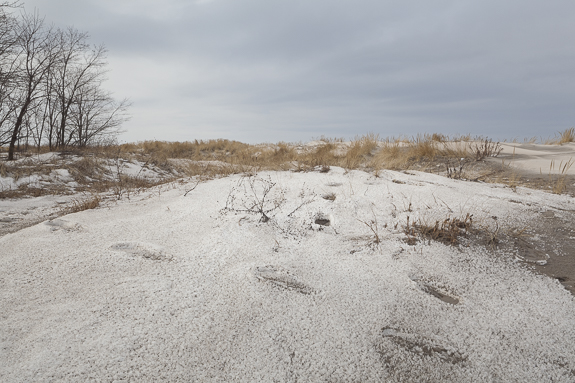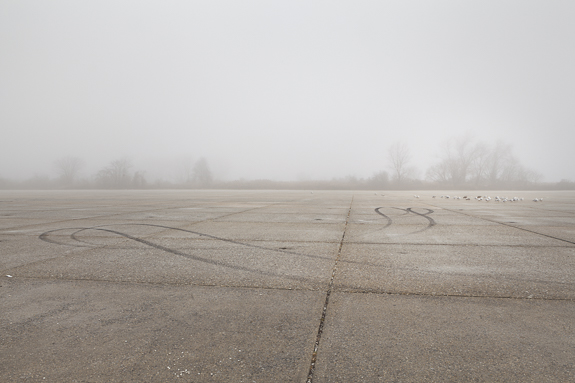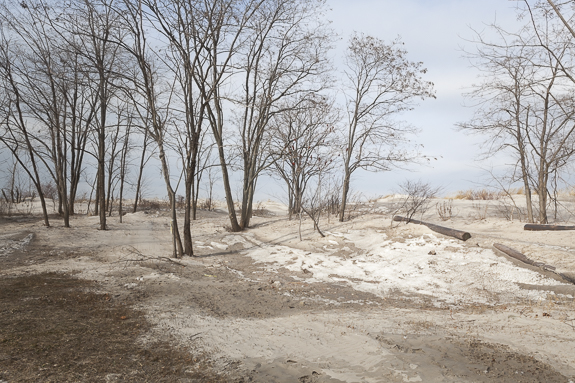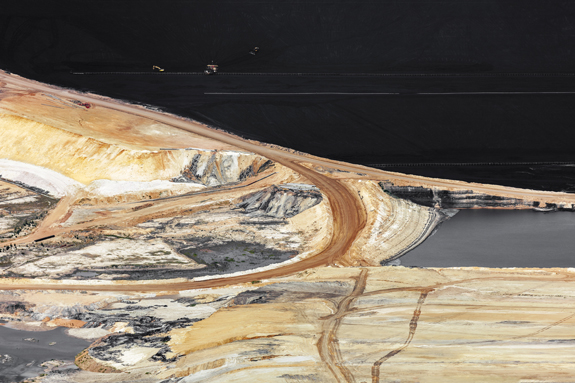
TimAllenPhoto.net
This series of images, titled Moving, seeks to disclose the impact on the natural, which has become the urban environment of Melbourne, Australia.
Like anything, there are a series of steps that need to be followed in order for something to work properly. If this city continues to develop at the rate it is, it’s going to need to realise the desperate need for change before other consumption requirements are satisfied.
Throughout this series, each image belongs to a certain stage of human requirement where we need to sacrifice things, such as space and climate in order for us to continue our lives.
From the mining of earth to obtain and burn coal to generate electricity. Industrial materials to be made possible, where the left overs get buried back into the earth, compressed to capture the methane gasses, which is in turn generated back into more energy.
There are lots of efforts being made to put things back on the right path, yet nothing will make as much effect as resetting the entire system to something that actually works.
The effects of what we see now are from the mid 1970’s. It’s an eye opening moment to imagine what occurred during the 1980’s that will take effect on the world in the future. I hope this series helps viewers globally to realize what’s going on behind close doors to the place we call home.
— Tim Allen, Melbourne, Australia

